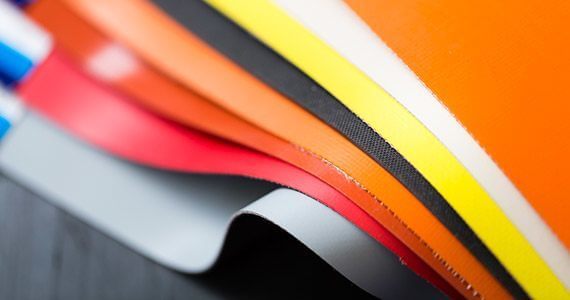Tire cord fabric is a type of industrial fabric which is constructed using High Tenacity yarns in the warp direction and yarns of negligible resistance in weft direction which is used to hold warn yarns locked in their position. Tire cord coated fabrics provides fundamental properties such as controlled deformation, high strength, abrasion resistance, etc. Widely used by the tire industry, it is also employed for the rubber hose manufacture, air springs, expansion joints, among many other applications.
Polyester is a the synthetic fiber that detains the first place in terms of global production. It is a linear polymer whose mass comprises predominantly (at least 80%) of the ester functions and terephthalic acid. The polyester yarn is lightweight and flexible. It is resistant to ultraviolet radiation. Low flammability. It softens at 245 ° C and melts at 250 ° C. It keeps a good shape memory and can therefore be used into coated fabrics composition. Furthermore, a suitable weaving also allows good heat dissipation.
NBR, as well known as Acrylonitrile Butadiene Rubber, was first developed in 1941 in a project meant to find an oil resistant rubber. However, NBR’s oil resistance depends on the grade of acrylonitrile. The higher the grade of acrylonitrile the better is resistance to oil and fuel. However, as the grade of acrylonitrile increases, the endurance to low temperatures decreases. NBR has good abrasion resistance nonetheless its physical properties are moderate in comparison with the Natural Rubber.

 Fireproofed
Fireproofed Non-skid
Non-skid Oil storage
Oil storage Fuel storage
Fuel storage Cold resistance
Cold resistance
